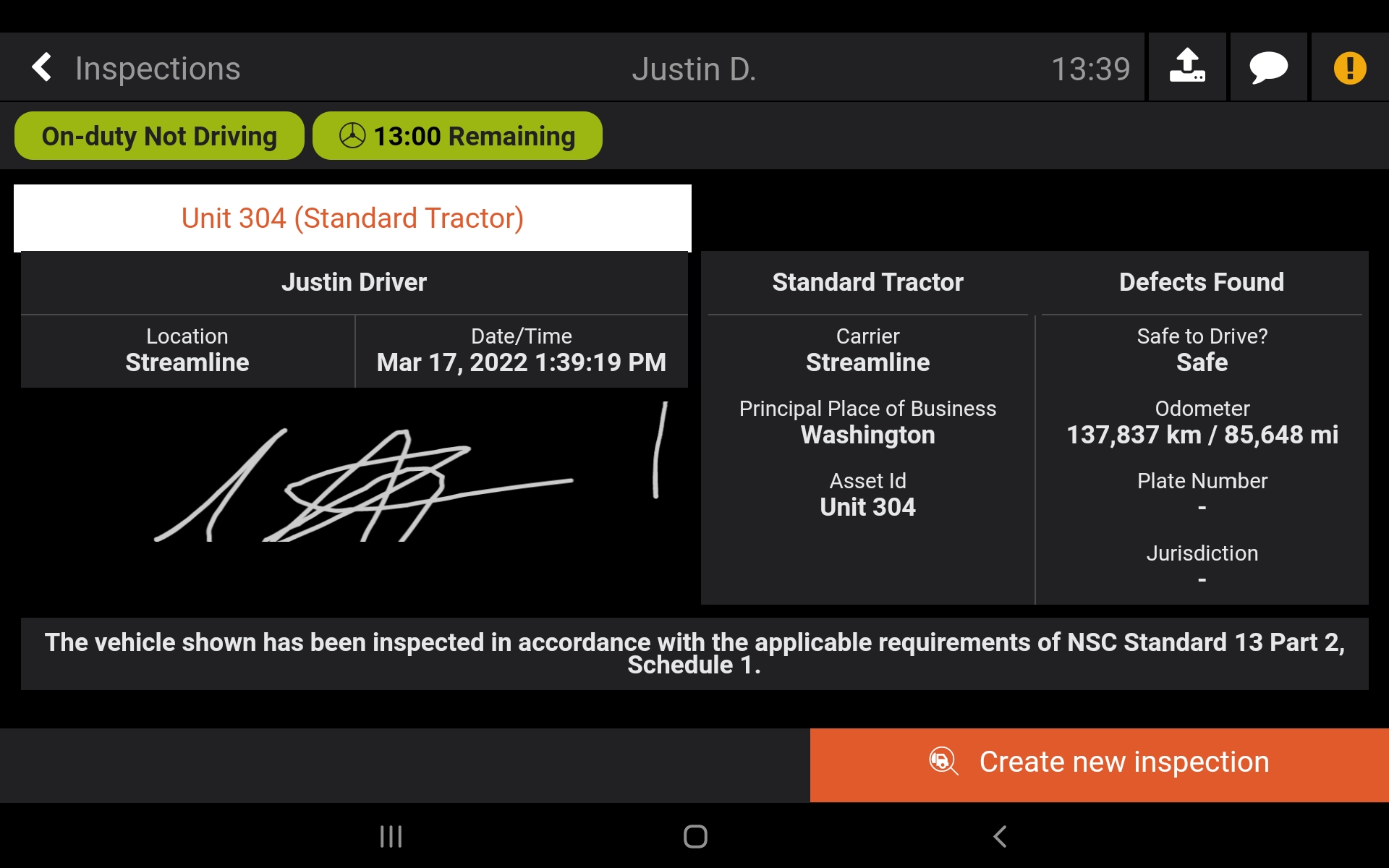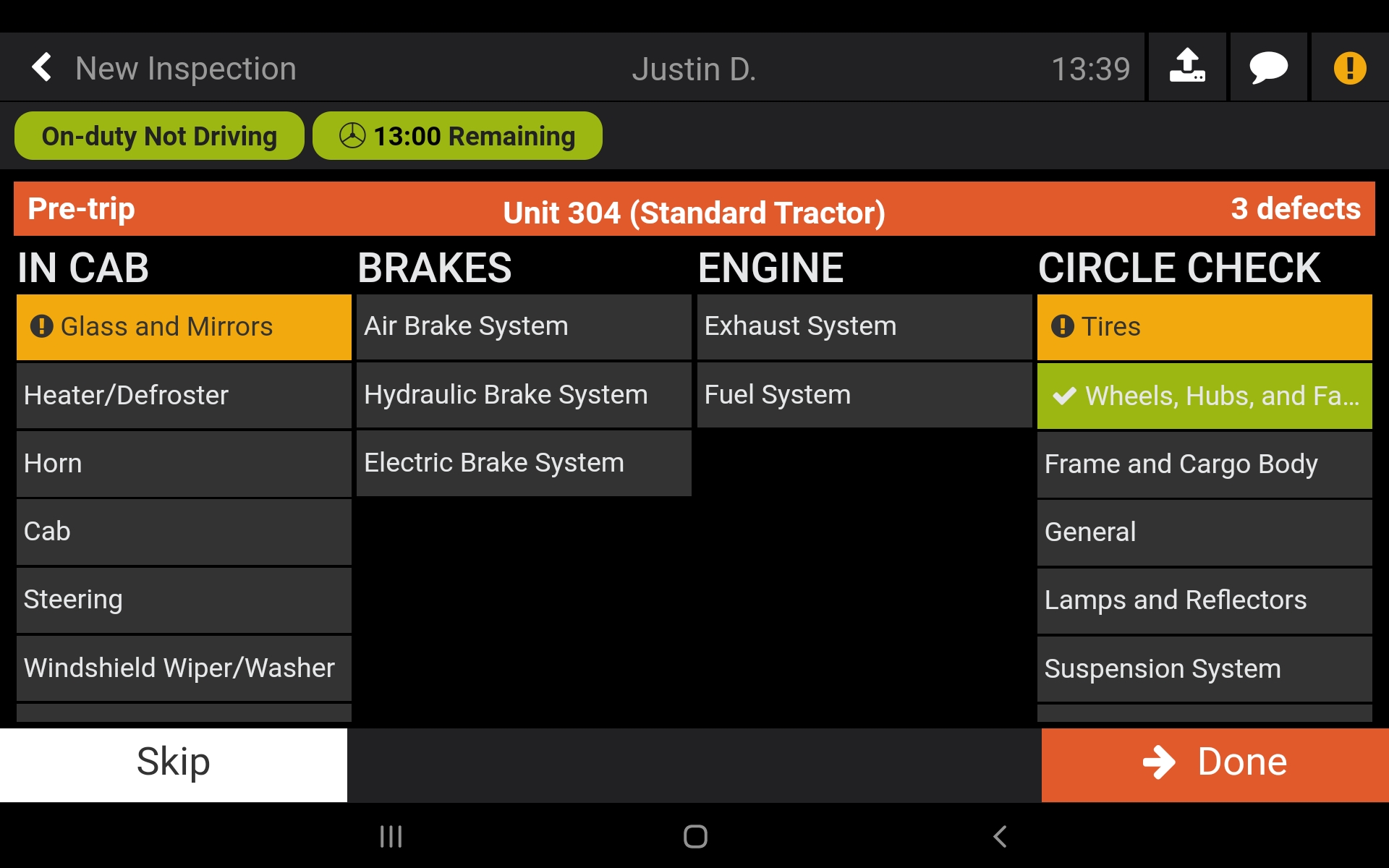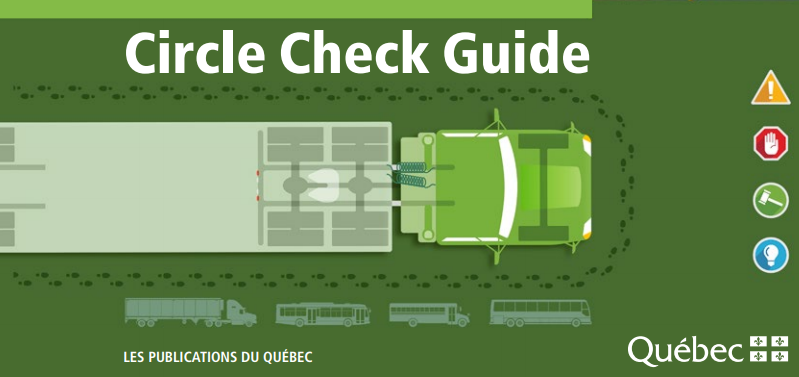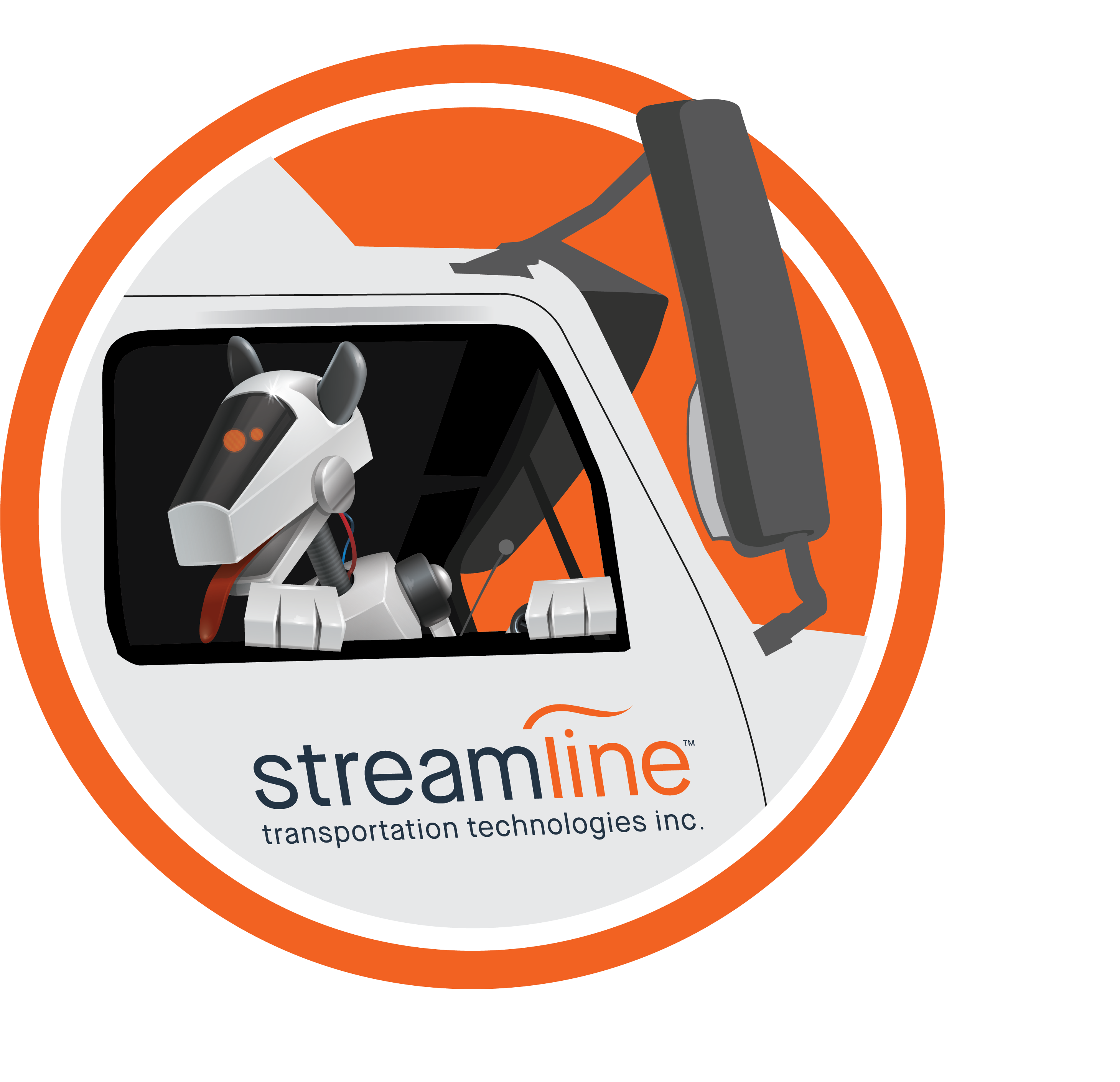Daily Driver Vehicle Inspection Report (DVIR) – Explained
What is a DVIR?
A Driver Vehicle Inspection Report is a formal record confirming that a driver has completed a daily inspection on a vehicle. It is a documented list of inspected items on a vehicle, and it can be requested by an authorized inspector or a law enforcement agency. If truck drivers fail to provide the DVIR when requested by an authorized inspection body, they can be fined and/or refused entry into the USA or Canada.
Its purpose is to prevent defective commercial vehicles from operating on the road to minimize the chances of an accident.
Key facts
- A DVIR must be done before operating a vehicle for the first time in a day (pre-trip inspection) and at the end of the vehicle operation workday (post-trip inspection).
- A Driver Vehicle Inspection Report is a legal requirement in the USA based on federal regulations 49 CFR 396.11. There is no such legal requirement over the commercial vehicles in Canada, however, the National Safety Code (NSC) Standard 13 states the responsibility of maintaining the safe operation of commercial vehicles (CV). Some Canadian jurisdictions, like Ontario, also have their DVIR requirements explained in more detail.
- The driver who conducted a DVIR must sign the report and be responsible for the inspection and the information contained in it.
- The motor carrier must retain the report for 3 months from the date the written report was prepared.
- DVIRs can be performed electronically if all jurisdiction requirements have been followed.
- The following information must be included in each DVIR: Operator’s name, Licence-plate number, Plate jurisdiction of the vehicle.
Vehicles exempt from DVIRs
Each jurisdiction has its own exemption list. Vehicles that are usually exempt from the DVIRs are:
- General vehicles (personal use pickup trucks or busses, emergency vehicles, taxi);
- Recreational Vehicles (motor home or a house trailer used for personal purposes);
- Farm Vehicles.
A DVIR has to cover at least:
- Service brakes including trailer brake connections;
- Parking brake;
- Steering mechanism;
- Lighting devices and reflectors;
- Tires;
- Horn;
- Windshield wipers;
- Rear vision mirrors;
- Coupling devices;
- Wheels and rims;
- Emergency equipment.
Inspection procedure
It is usually the driver’s choice of how they want to perform an inspection, as long as each item on the inspection schedule is inspected. Les Publications du Quebec has created a Circle Check Guide that can be used to inspect a vehicle in a thorough and efficient way.
Have Questions?
Inspection schedules
Drivers have to use the schedule that is based on the type of commercial vehicle they operate. The schedules outline the inspection criteria to identify if a defect is “minor” or “major.” CCMTA Schedules can be found here: www.ccmta.ca.
Driving with Defects
A driver may continue to drive with a minor defect listed on an inspection schedule if the defect has been entered immediately on the daily inspection report and reported to the operator. The operator is in charge of repairing the defect as soon as possible.
Benefits of using Streamline’s ELD Navistream for DVIR
- With Streamline’s ELD, you can perform electronic CV inspection and speed up inspecting and DVIR.
- All inspections and reports are automatically delivered to the operator’s Navistream account.
- Fleet managers can remotely monitor DVIRs and schedule defect reports to get informed about the defects that require their attention.
- There is no need of maintaining DVIR paperwork as the work is done electronically and can be presented or emailed to an authorized inspection body.
- Aside from the NSC Standard 13 inspection components, fleet operators may also add additional tasks or create an additional inspection template to CV inspections if the operators find it relevant.
About Streamline
Streamline Transportation Technologies Inc., an Arrow Company, is a leading provider of fleet management solutions for the transportation industry. Streamline combines telematics with advanced wireless and vehicle automation technologies to make vehicles safer, cleaner, and more productive. Streamline offers three major core products; Navistream™, an ELD and telematics platform, NaviLink®, an IoT vehicle gateway and active control system, and Degama, a Transportation Management Solution (TMS). The integration of the three platforms allows Streamline to offer a complete package of fleet solutions, customizable to any fleet size. For more information, visit stti.com.
At Streamline, we constantly increase our level of expertise to provide our customers with the most reliable information, however, the information on this page is presented for informational purposes only and should not be relied on as legal advice. Please, contact your local DOT department for questions Streamline is unable to answer.
References:
https://www.ccmta.ca/web/default/files/PDF/CCMTA-NSC-Standard-11—January-2020—English.pdf
https://www.govinfo.gov/content/pkg/FR-2020-08-18/pdf/2020-15667.pdf
https://www.fmcsa.dot.gov/regulations/title49/section/396.11
https://saaq.gouv.qc.ca/fileadmin/documents/publications/circle-check-guide.pdf



